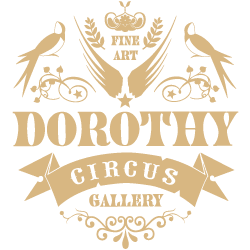
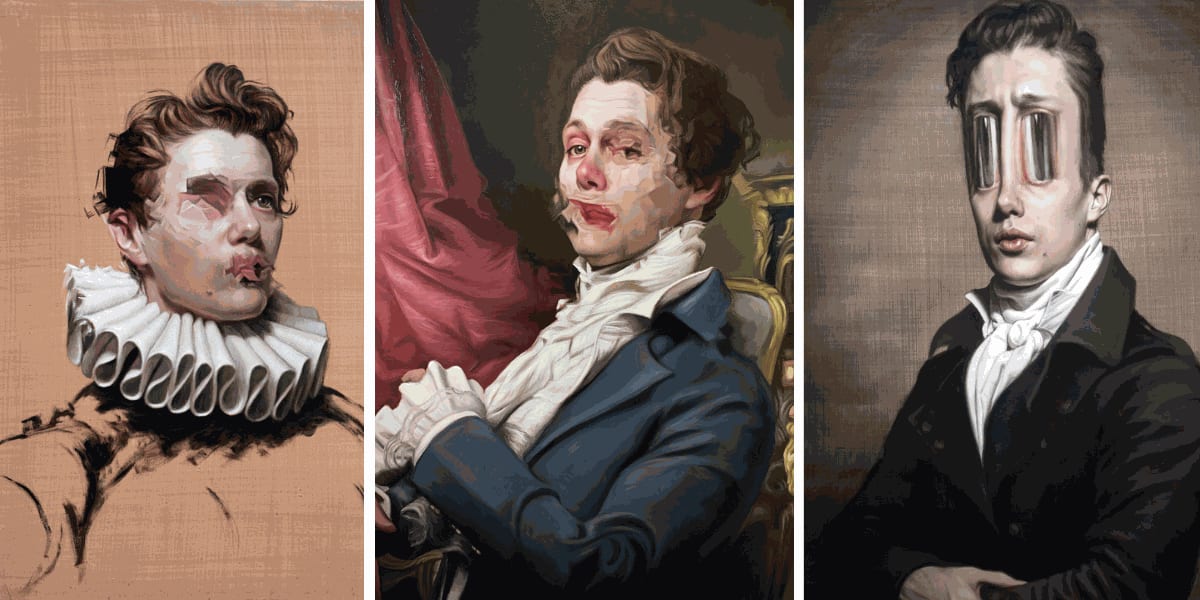
1) In your works, there is a juxtaposition of traditional technique and references to classical art, combined with a hypermodern turn, a flamboyant and I dare say psychedelic surrealist subversion. To what extent do the past and the future interface in your inspiration, and in this interlude, what does the present of your characters' portray?
I have always seen the history of portraiture as an index that I can draw upon to provide commentary on current affairs. I often have anxiety over various geopolitical issues that humanity has to face and so I look to the past to provide criticism. I use humour to to alleviate my concerns with humanity, often pointing to the cyclical nature of humans making the same idiotic decisions over and over again. My characters play the part of anti heroes, oblivious to the grief they cause, unaware of their imminent self destruction.
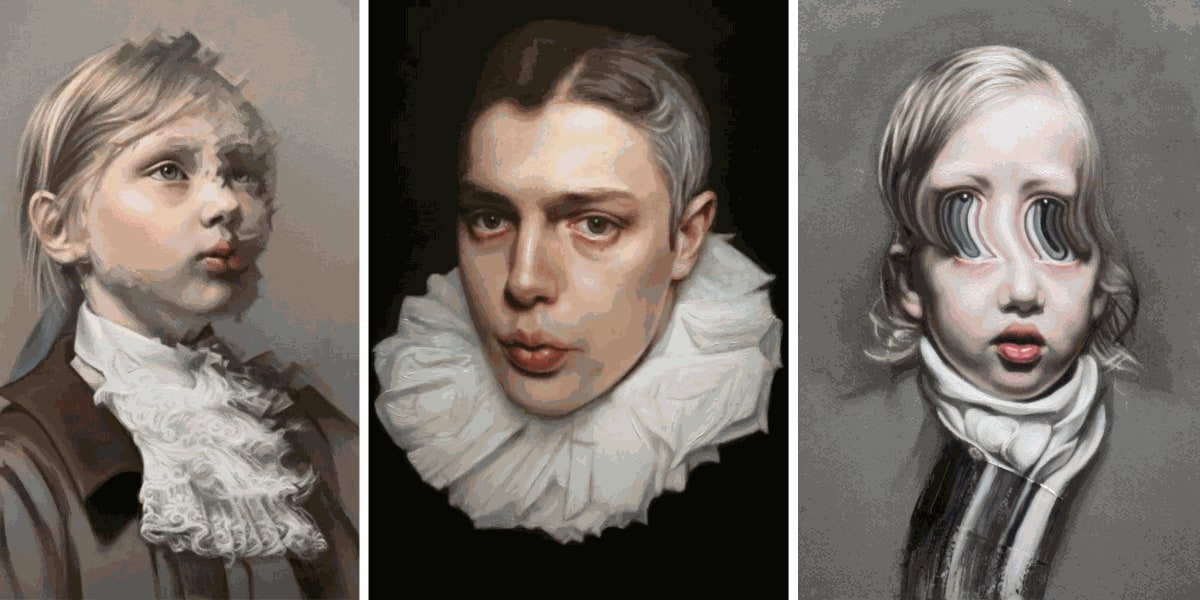
2) In the evolution of your work, we notice a search for unconventional forms, a departure from the spaces established by art formats, and a strong drive towards abstraction. When and how did this tension towards this other dimension begin?
Nostalgia can be a duplicitous sentiment: comforting yet deceptive. What is nostalgia for you, and what do you believe its role is in the present state of art? (Culture)
I started playing with various methods of distortion about eight years ago, around the time of the Brexit referendum. This upheaval in British politics acted as a catalyst in my work. We were fed a lie by nefarious politicians who insisted that a return to the past would return Britain to a super power, invoking ideas of intense nationalism, insisting that isolation was the way forward - I wanted to subvert these rosy depictions of the days of empire, to lampoon what has been held up on a pedestal for many years, to make the past unsafe using digital and AI distortion.
Nostalgia has been invoked throughout our history to convince the populace to betray their own interests, it’s a place of safety that we like to retreat to when the future scares us, and it’s this I subvert in my work.
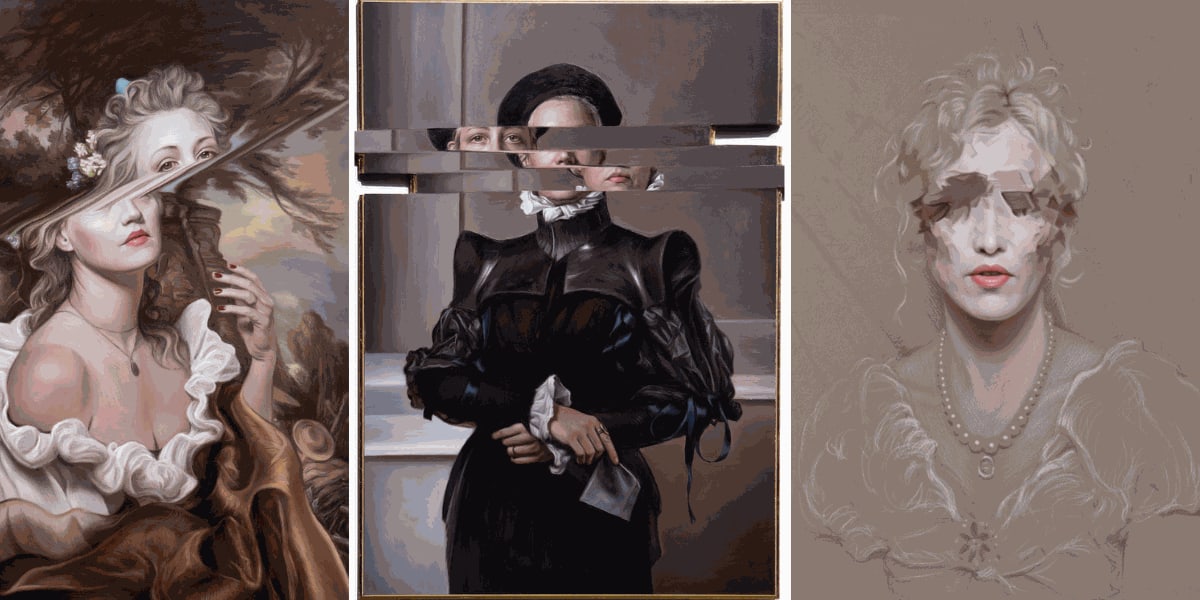
3) In the intersections of faces, there is a precise design; what does the moment of collision and fusion within your works suggest to you?
Before I started painting I considered myself a performance artist, using my body as a tool to express various concepts. When I became interested in historical figurative painting I naturally started using myself as a subject as a means of expression. I have often seen utilising my body in this way as incredibly economical, as I can always rely on myself when I need a model. Over the years my family has become a revolving cast of characters that can play different roles. I have enjoyed limiting myself to this small group of people, like reducing your pallet to only a few colours, I find these limitations require me to become more inventive with my creativity. Often it’s not important to me who the people in the painting are but rather the characters they endeavour to represent.

4) Among the arts, besides painting, which other form inspires you the most? Music, Dance, Poetry...? And if your works became a story, who would be the writer?
As I was growing up I was equally as interested in pursuing a career in acting and music as I was in art. I came to the conclusion that I could combine all these interests in an artistic career, I think that is why performance art appealed to me so much. I believe I have written my own story with my paintings in a way, even though we are all playing different characters in my paintings, if there was ever a retrospective of my works you would see a group of people gradually getting older. This personal legacy aspect is an element of why I am so obsessed with the self portraits of Rembrandt.
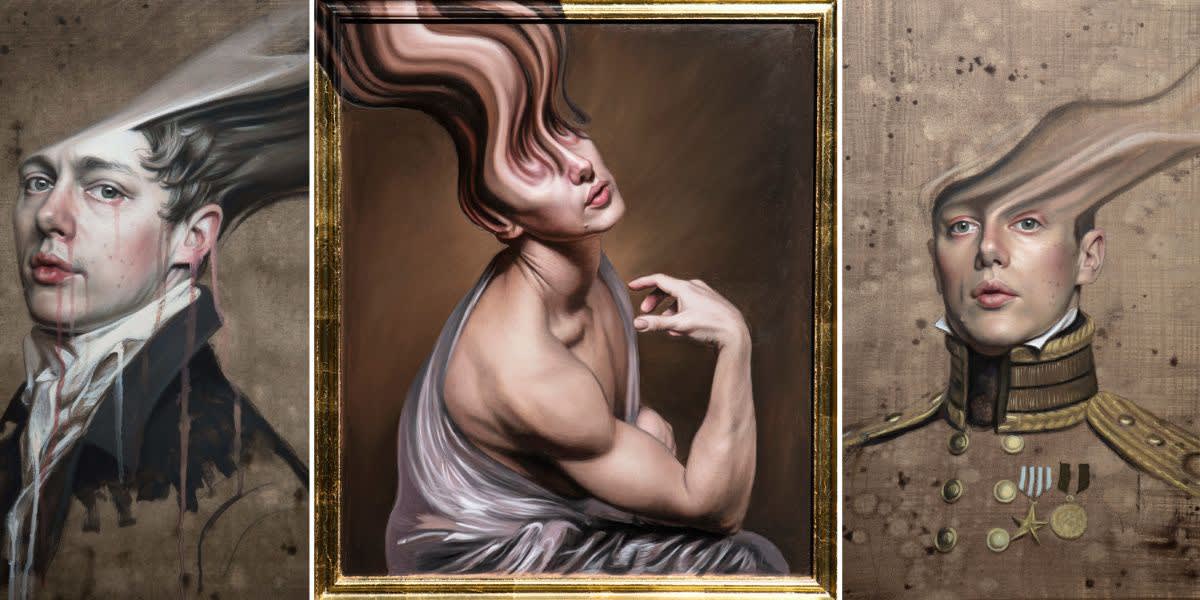
5) What does painting mean to you? What do you seek, and what do you find as your creations come to life? Is there an emotion that you have not yet managed to capture in your paintings but aspire to explore in the future?
I personally see painting as immensely therapeutic, it allows me to make light of my most debilitating anxieties through this most gradual act of creation. It’s very difficult for me to look too far into the future of my practice as it is entirely bound up in reacting to present issues. The future frightens me, as it does for most people, I will react to it accordingly.

6) In your works, there is a strong reference to English culture, its history, and its costumes, particularly the Victorian era. Do you believe it's important to delve into and explore the details and roots of English art for those who are only familiar with its contemporary aspects, and what specifically about your culture do you find to be most fascinating for the audience across the Channel?
I find that the reflecting on the days of empire through a contemporary lens we can chart just how far we have fallen. As a society we are directionless, reacting to our self-induced recession with impotent rage, willing to point the figure of blame at anything we can to avoid self reflection. The rest of Europe can hopefully use England as cautionary tale to guard against the easy fall into destructive nationalist rhetoric.

7) Where do you draw the most inspiration for your work?
I tend to draw inspiration from current geo political issues, often exploring my various anxieties inherent in dealing with current affairs by drawing upon the history of art as a mirror. I see links between the mistakes humanity is making in contemporary life with various periods of history, therefore I use the history of art as an index as a form of commentary.

